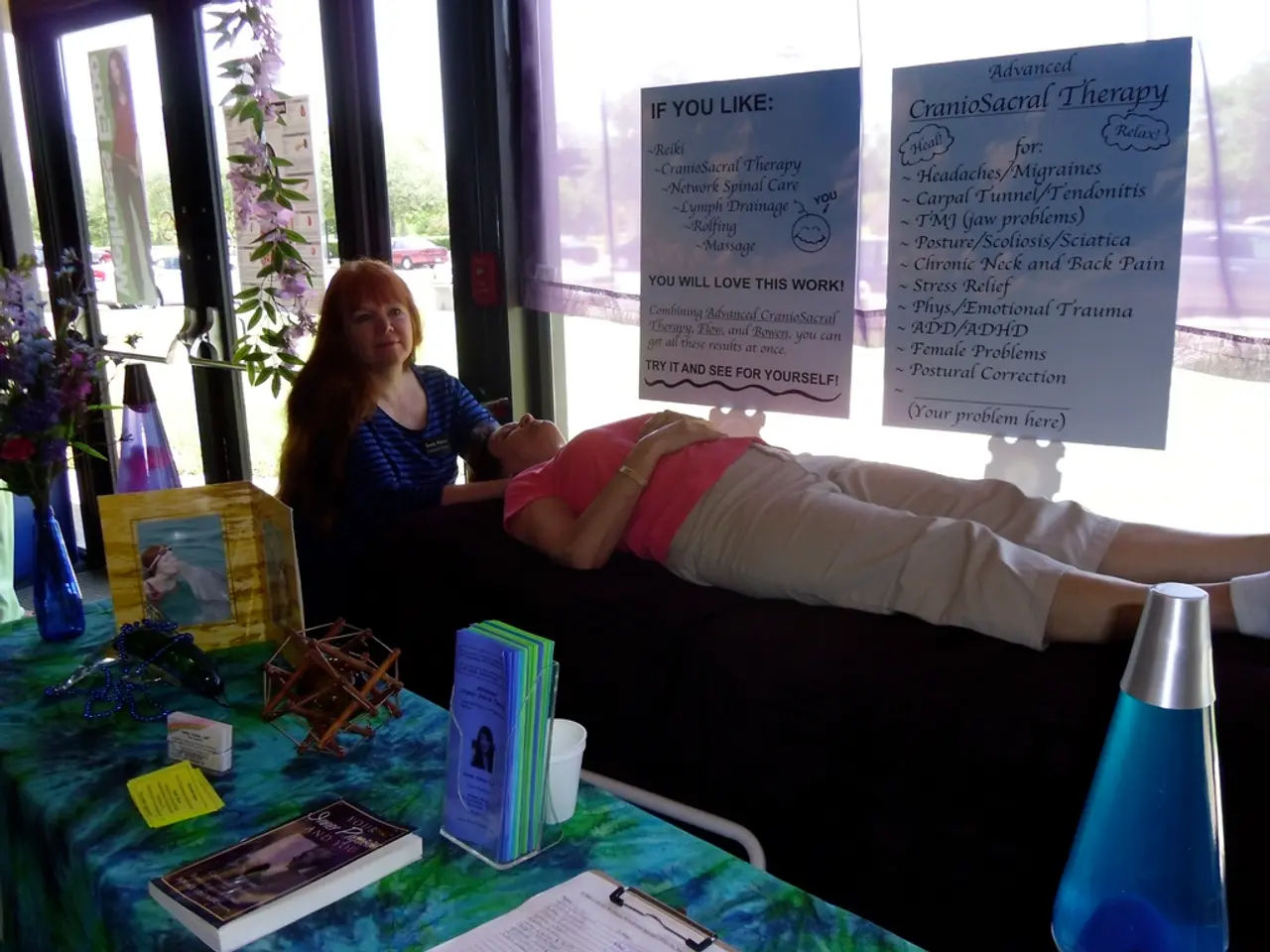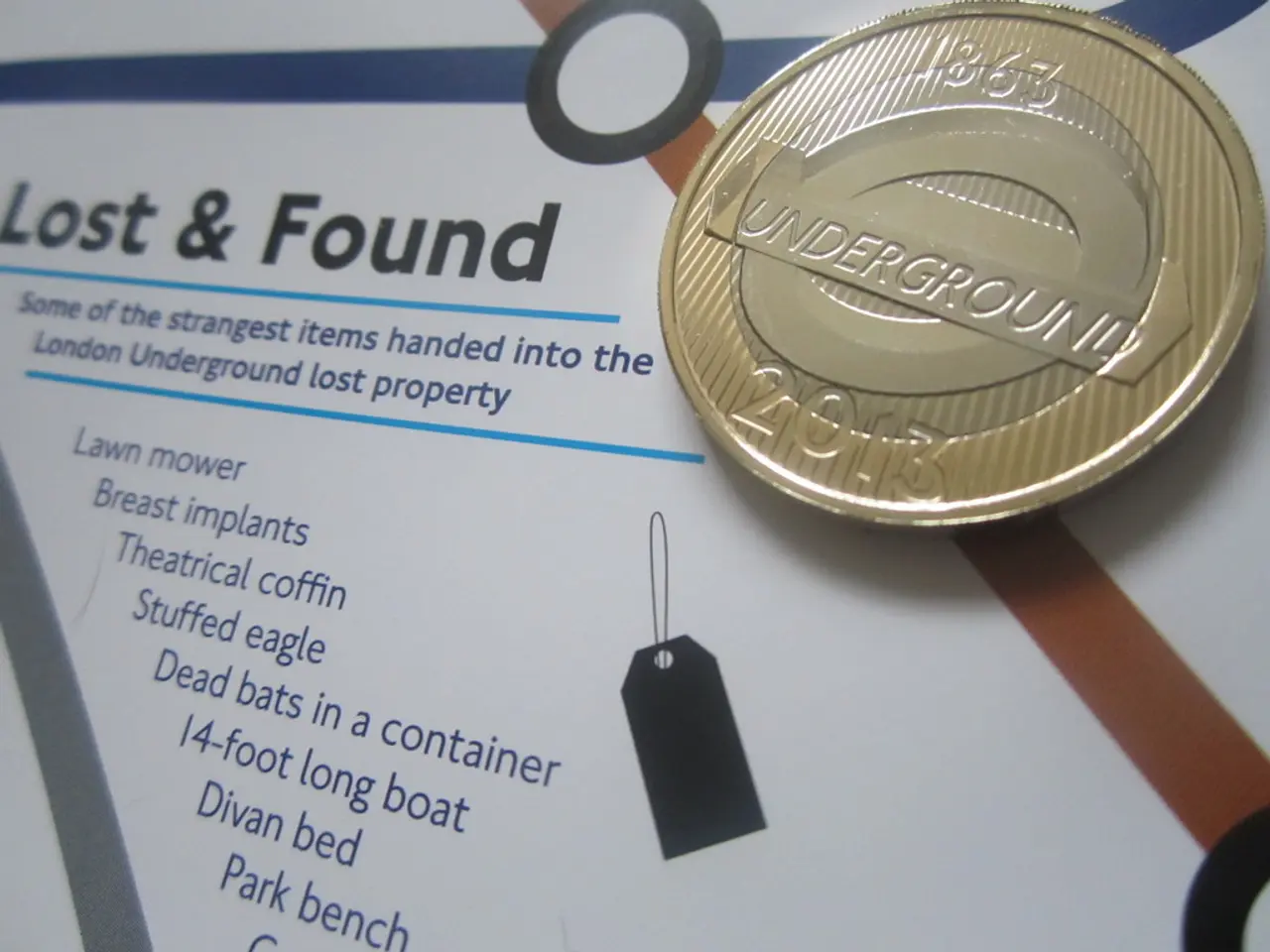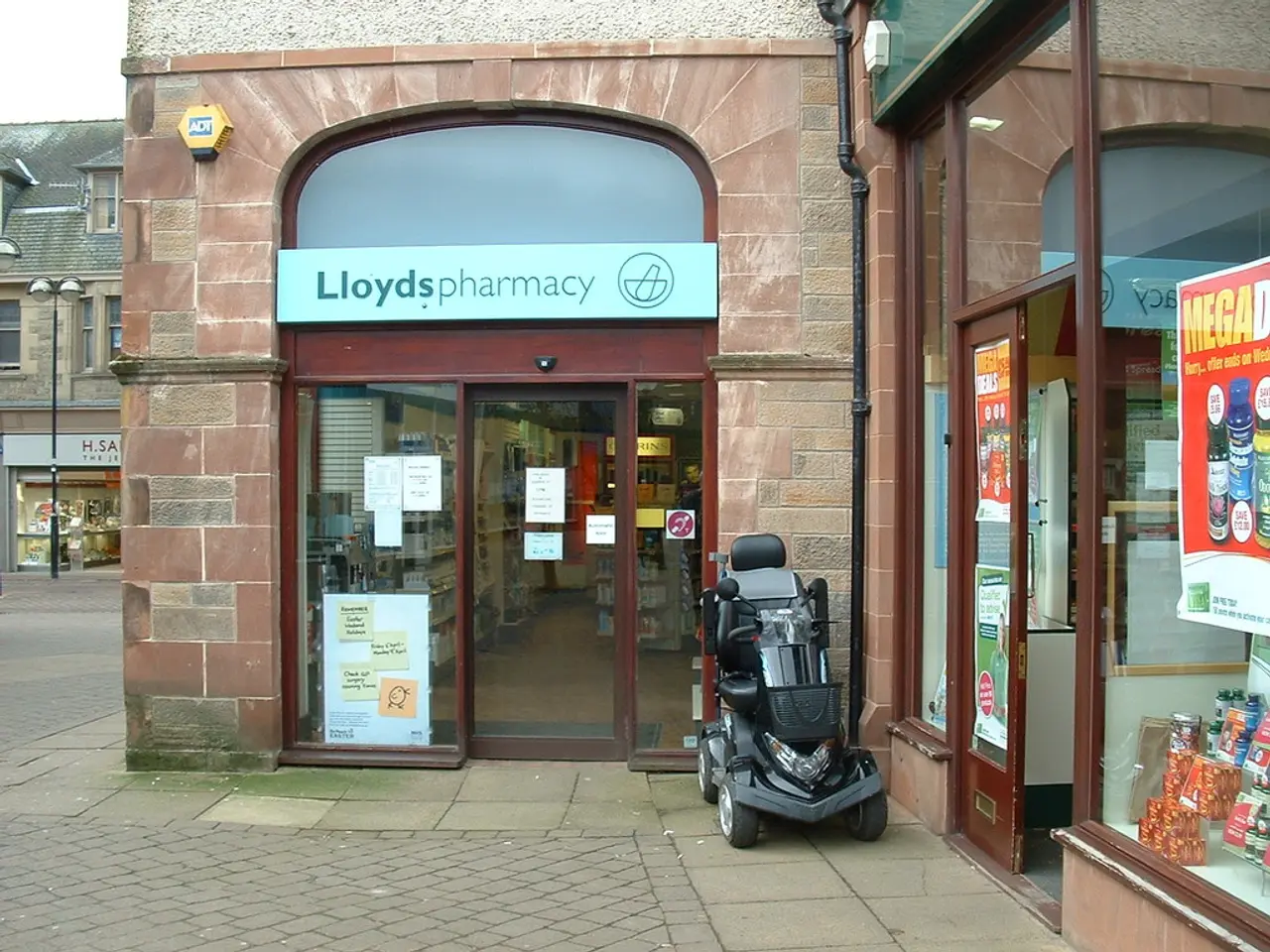What situations constitute a medical emergency due to low blood pressure?
Headline: Understanding Low Blood Pressure (Hypotension): When It Becomes a Medical Emergency
Low blood pressure, also known as hypotension, is a common condition that often goes unnoticed. However, in some cases, it can become a serious health concern, leading to inadequate blood flow to vital organs and potentially causing organ failure or shock.
Normal Blood Pressure Range
A healthy blood pressure range is less than 120/80 millimeters of mercury (mm Hg). If your blood pressure consistently falls below this range, it might be a cause for concern, especially if you're experiencing symptoms.
Symptoms of Low Blood Pressure
Symptoms that might indicate a medical emergency include dizziness or lightheadedness, especially on standing, fainting or loss of consciousness, confusion or disorientation (more common in the elderly), blurred or fuzzy vision, cold, clammy, or pale skin, rapid or deep breathing, fatigue and weakness, heart palpitations, headache, and pain in the neck or back.
If these symptoms appear suddenly or worsen, it may indicate acute hypotension leading to shock—a life-threatening condition where organs do not get enough blood, potentially causing organ failure and death.
Causes of Emergency-Level Low Blood Pressure
Emergency-level low blood pressure can be caused by major bleeding (trauma or internal injuries), heart attack, sepsis (severe infection), anaphylaxis (severe allergic reaction), and severe dehydration.
Because low blood pressure can be subtle initially, early warning signs such as dizziness, blurred vision, weakness, or confusion should prompt immediate medical evaluation to prevent progression to shock or other severe outcomes.
When to Seek Medical Attention
If you're experiencing symptoms with low blood pressure, it's essential to seek guidance from a doctor. In the emergency room, doctors may ask about your medical history, medications, or any infections or accidents you may have had. They may also administer tests to check your heart rate and blood pressure, as well as imaging tests to check your internal body and organs for other issues.
People with chronic low blood pressure may need to work with their doctor to treat any symptoms. There is no set cutoff point for what doctors consider low blood pressure, and it may vary from person to person.
Home Treatments for Low Blood Pressure
Drinking more fluids, changing how you sit or stand, making dietary changes, and wearing compression stockings can be home treatments for low blood pressure. However, it's crucial to consult with a doctor before making any significant changes to your treatment plan.
Hypertension (High Blood Pressure)
On the other hand, if your blood pressure range is above 130/80 mm Hg, you have hypertension. Doctors may recommend changes in medications, such as adjusting medications for high blood pressure if they lead to dangerously low blood pressure.
In summary, low blood pressure is a medical emergency when it causes symptoms of inadequate organ perfusion (e.g., confusion, fainting, clammy skin), especially if rapid or unexplained drops occur or if associated with life-threatening conditions like bleeding, heart attack, or sepsis. Immediate medical attention is critical in these cases. Always consult with a healthcare professional if you have concerns about your blood pressure.
[1] Mayo Clinic. (2021). Low blood pressure (hypotension). [online] Available at: https://www.mayoclinic.org/diseases-conditions/low-blood-pressure/symptoms-causes/syc-20372564
[2] NHS. (2021). Low blood pressure (hypotension). [online] Available at: https://www.nhs.uk/conditions/low-blood-pressure/
[3] Cleveland Clinic. (2021). Low Blood Pressure (Hypotension): Causes, Symptoms, Diagnosis, Treatment, and Prevention. [online] Available at: https://my.clevelandclinic.org/health/diseases/14841-low-blood-pressure-hypotension
[4] American Heart Association. (2021). Low Blood Pressure (Hypotension). [online] Available at: https://www.heart.org/en/health-topics/high-blood-pressure/understanding-high-blood-pressure-readings/low-blood-pressure-hypotension
- Chronic diseases like COPD, spondylitis, Alzheimer's, diabetes, ankylosing spondylitis, psoriatic arthritis, multiple sclerosis, depression, obesity, and cardiovascular health may lead to low blood pressure due to various complications.
- Predictive science is being used in medical-conditions research to anticipate the development of low blood pressure in people living with chronic diseases.
- Health-and-wellness coaches may recommend fitness-and-exercise programs to potentially improve cardiovascular health and reduce the risk of developing low blood pressure.
- Mental-health professionals can help individuals manage depression, a factor that could contribute to decreased mental well-being and, in some cases, low blood pressure.
- Recognizing and understanding the symptoms of low blood pressure is essential in preventing potential emergency situations related to diabetes, hypertension, and other chronic diseases.
- AQ (artificial intelligence) technology was developed to help monitor vital signs, which could help predict and prevent emergency-level low blood pressure cases.
- Medical specialists suggest that obesity contributes to multiple chronic diseases, including low blood pressure, which might lead to adverse health outcomes if not managed accordingly.
- Shock, a life-threatening condition, can arise from severe low blood pressure due to causes like trauma, severe dehydration, and internal injuries.
- People living with various chronic diseases like hypertension, diabetes, and arthritis must work closely with their healthcare providers to manage their blood pressure levels and avoid reaching emergency levels.
- As a part of holistic health management, individuals should focus on fitness-and-exercise, mental-health, and wellness strategies to minimize the risk of developing illnesses that could lead to low blood pressure.
- Developing a comprehensive understanding of chronic diseases and their potential impact on low blood pressure can empower individuals to take preventative measures and improve their overall health and wellness.




